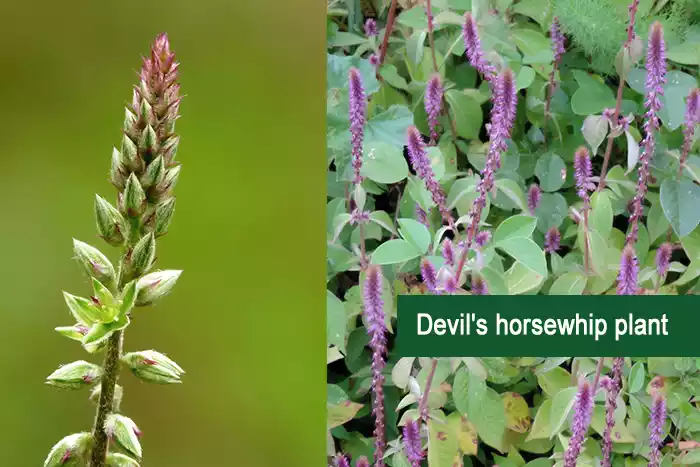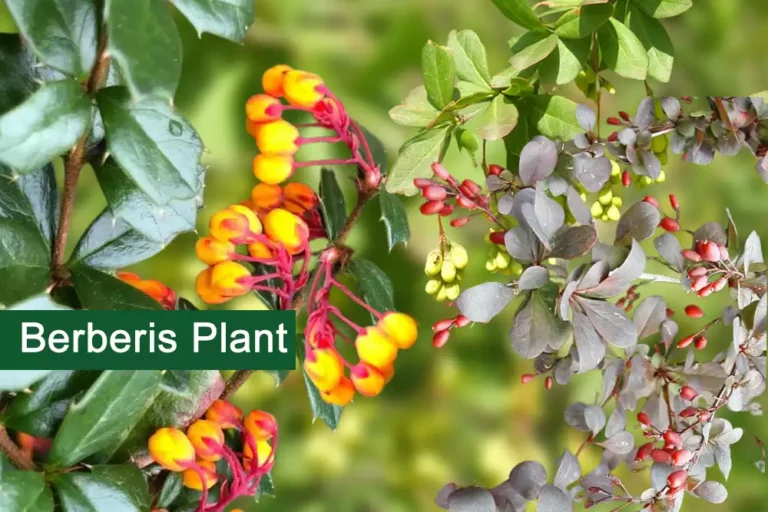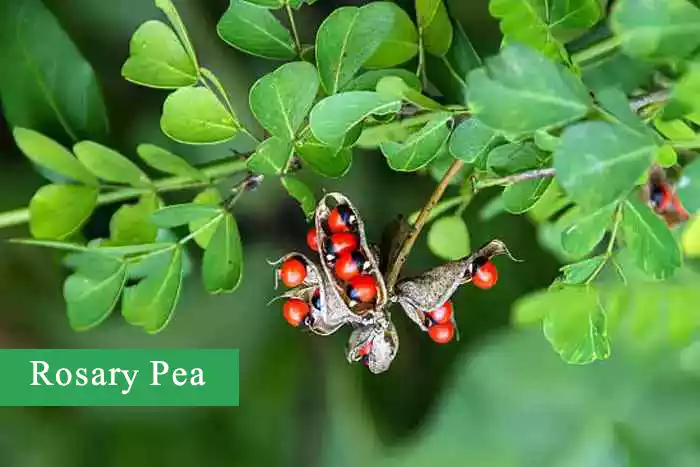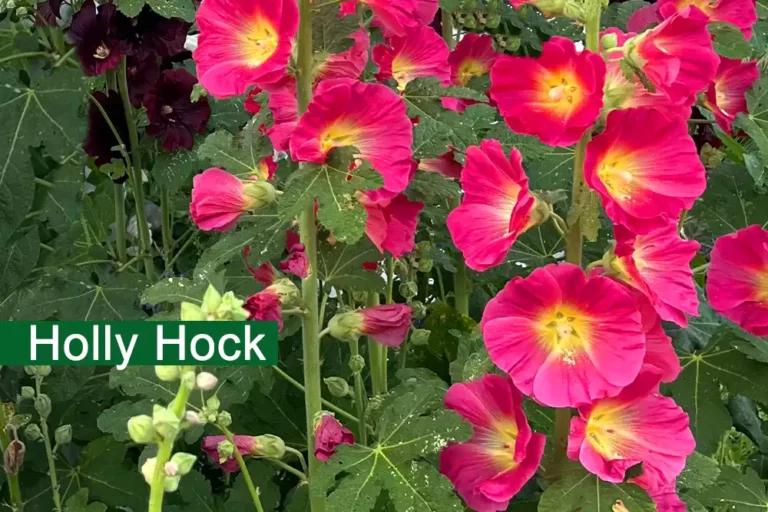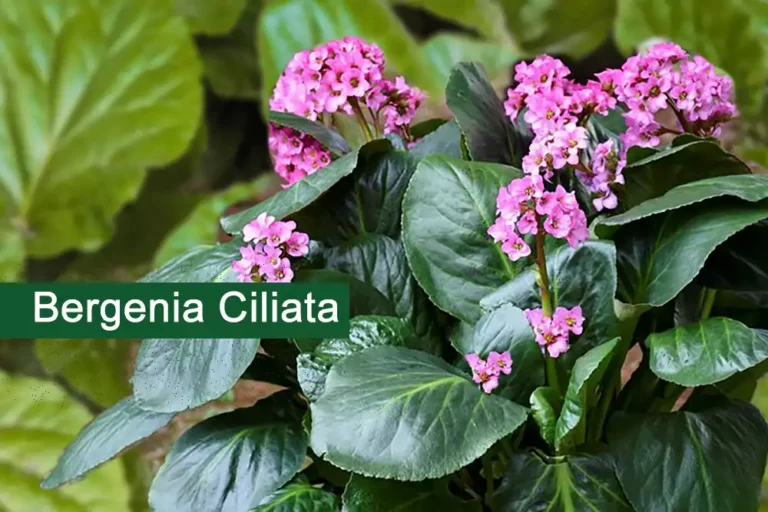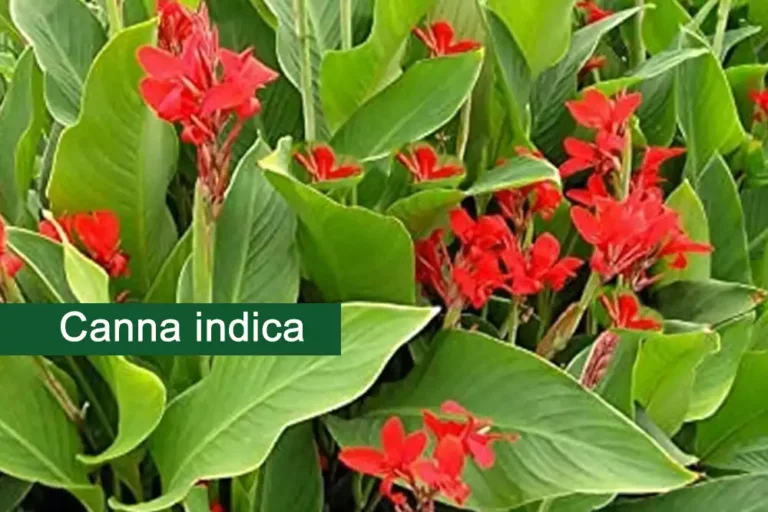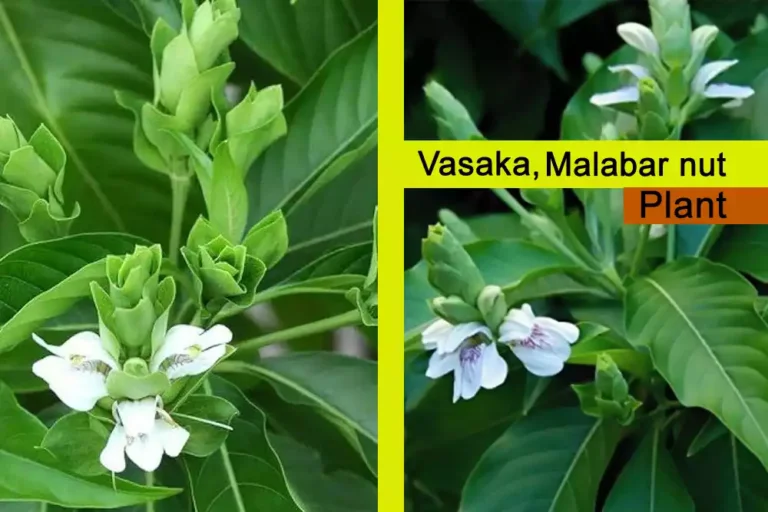Chirchita Plant Uses, Benefits & Devil’s Horsewhip Facts
Uncover the health benefits and uses of the Chirchita plant. Learn about Achyranthes aspera, commonly known as Devil’s horsewhip, in this informative guide.
Table of Contents
Chirchita Plant
The Chirchita plant (Achyranthes aspera), or Devil’s horsewhip is an erect, widely branched annual or short-lived perennial with a semi-woody base. The taproot is long with lateral branches, and the stem can grow from 0.5 to 2 meters tall. The leaves are opposite, oblong-obovate with tips that can be acuminate, acute, obtuse, or rounded.
The leaf blade is entire, flat or somewhat wavy, and more or less pubescent. The inflorescence consists of terminal spikes, with small green flowers that are densely arranged at the top of the spike. The fruit is a small prickly bur, rounded at the base, and enclosed by a persistent perianth and bracts. The seeds are 2 to 3 mm long and 1 to 1.5 mm wide.
Chirchita Plant Overview
| Botanical Name | Achyranthes aspera |
| English Name | Devil’s horsewhip |
| Urdu Name | Chirchita Plant |
| Family | Amaranthaceae |
| Habit | Annual or Perennial Sub-shrub |
| Part Used | Leaves, seeds, and roots |
| Medicinal Plants | Explore |
Distribution of Chirchita Plant (Devil’s Horsewhip Plant)
The Chirchita plant is native to a wide range of regions including Africa, Sudan, Kenya, Tanzania, Uganda, Asia, Afghanistan, Iran, Jordan, Lebanon, Syria, China, Bhutan, India, Nepal, Pakistan, Sri Lanka, Vietnam, Indonesia, Australia, Europe, Italy, Spain, and Southern America.
Medicinal Uses of Chirchita Plant
Folk Uses
The Achyranthes aspera plant, also known as the Devil’s horsewhip, is highly valued in traditional medicine. It is utilized for addressing asthma, controlling bleeding, aiding in delivery, treating boils, bronchitis, colds, coughs, colic, general weakness, dropsy, dysentery, ear issues, headaches, leukoderma, pneumonia, kidney problems, and various skin conditions. It is also used for dogs, scorpions, and snake bites. A paste of fresh roots is applied to the external genitalia, and an aqueous decoction of fresh leaves is administered orally twice a day to treat excessive hemorrhage. A leaf decoction of Achyranthes aspera and Azadirachta indica (Neem) is used to treat fever.
Tib (Traditional Islamic Medicine) Uses
In Tib (Traditional Islamic Medicine), fresh leaves of the Chirchita plant are extracted with salt (kala namak) and used to treat post-partial loss of appetite and prolonged menstrual flow. A leaf decoction is given orally on an empty stomach before sunrise to treat amenorrhea, leucorrhea, and dysmenorrhea. A root decoction is administered twice a day to treat post-delivery or post-abortion complications, jaundice, and infertility in women.
International Uses of Achyranthes Aspera
The Achyranthes aspera plant is recognized internationally for its bitter, pungent, heating, laxative, stomachic, and carminative properties. It is useful in the treatment of vomiting, bronchitis, heart disease, piles, itching, abdominal pains, dyspepsia, dysentery, and blood diseases.
Culinary Uses of Chirchita Plant
The leaves and seeds of the Chirchita plant are edible when cooked and are often used as a spinach substitute. The seeds are also consumed with milk to help curb hunger without causing loss of body weight.
Side Effects of Devil’s Horsewhip Plant
The Devil’s horsewhip plant has no known side effects when consumed in moderation. However, excessive consumption may lead to nausea, vomiting, severe diarrhea, and dehydration.
Additional Information on Achyranthes Aspera
- Constituents: The Chirchita plant contains saponins A, B, C, and D, ecdysterone, oleanolic acid, ecdysone, achyranthine, phenol, valine, and leucine.
- Climate: Prefers temperate and tropical regions.
- Temperature: Max: 36°C, Min: -2°C
- Rainfall: 2000 mm/year
- Soil: Prefers light sandy, medium loamy, and heavy clay soils.
- pH Range: 5.6-6.8
- Reproduction: By seed
FAQs
-
What are the benefits of Chirchita?
Chirchita is known for its medicinal properties, including anti-inflammatory, diuretic, and antioxidant effects. It’s used in traditional medicine to treat various ailments such as digestive issues, respiratory problems, and skin conditions.
-
What is the English name for the Chirchita plant?
The Chirchita plant is commonly known as Devil’s horsewhip in English.
-
What is Devil’s horsewhip used for?
Devil’s horsewhip is used in traditional medicine for its healing properties. It is believed to help with conditions such as fever, cough, asthma, and wounds. It is also used as a diuretic and to support digestion.
-
What is Achyranthes used for?
Achyranthes, particularly Achyranthes aspera, is used for various medicinal purposes. It’s employed to treat digestive disorders, respiratory issues, and skin problems. It is also used in rituals and as a natural insect repellent.
-
What is another name for Devil’s horsewhip?
Another name for Devil’s horsewhip is Chirchita, and it is also known by its botanical name, Achyranthes aspera.
-
What is the Devil’s horsewhip habitat?
Devil’s horsewhip typically grows in tropical and subtropical regions. It is commonly found in fields, along roadsides, and in disturbed soils.
-
What is prickly chaff flower used for?
The prickly chaff flower, another name for Achyranthes aspera, is used in traditional medicine for its therapeutic properties. It is known to aid in treating fevers, digestive problems, and skin ailments.
Disclaimer:
All images used in this post are from Google Images and Credit goes to their respective owners.

